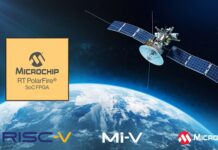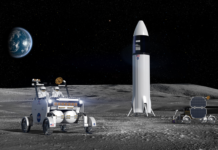- The PSLV or 37th Polar Satellite Launch Vehicle, carrying three satellites from India, three from Algeria, and one each from Canada and the US, lifted off from Sriharikota in Andhra Pradesh at 9:12 am. Around noon, ISRO said its launch was “100 per cent successful”.
- Most countries launch satellites in a single orbit and even if multiple satellites are injected, it is in a sequence in the same orbit.
- What makes this mission a challenge is that the PSLV will launch its payloads in two different orbits. The twin-orbit manoeuvre was recently accomplished by European Space Agency’s Vega rocket.
- “This is a challenging two-in-one mission which puts India in a unique league of nations having the capability to achieve two different orbits in a single mission,” Indian Space Research Organisation (ISRO) Chairman AS Kiran Kumar earlier told NDTV.
- India’s SCATSAT, meant for ocean and weather forecasts, cyclone detection and tracking, has been placed in orbit. India shares such data with the US, which helped them track Hurricane Sandy in 2012.
- Pratham, a 10-kg satellite developed by students of the Indian Institute of Technology in Bombay, will study the total electron count in space. The 5.25-kg PISAT made by students of Bengaluru’s PES University will take pictures of earth.
- The mission will also test PSLV’s multiple burn capability which will be utilized in the last leg and will set a new milestone for ISRO. The whole procedure was completed within 2 hours and 15 minutes – the longest mission for ISRO.
- The stop-start of the rocket – while travelling at a speed of more than 2660 kmph – gives PSLV an edge in the multi-billion dollar commercial launch market. “It will open up new vistas to commercialise ISRO’s launch capabilities for two-orbit configurations,” said Dr K Sivan, Director of the Vikram Sarabhai Space Center.
- In another first later this year, India hopes to launch its heaviest rocket, the Geo-Synchronous Satellite Launch Vehicle Mark III, capable of taking up to 4 tonnes of communications satellite.
- The three Algerian satellites are for earth observation, remote sensing and technology demonstration. The US’ Pathfinder-1 is a commercial high resolution imaging micro satellite while Canada’s NLS-19 is a technology demonstration nano satellite for experimentation in helping to reduce space debris and for tracking commercial aircraft.
Source: http://www.ndtv.com


















